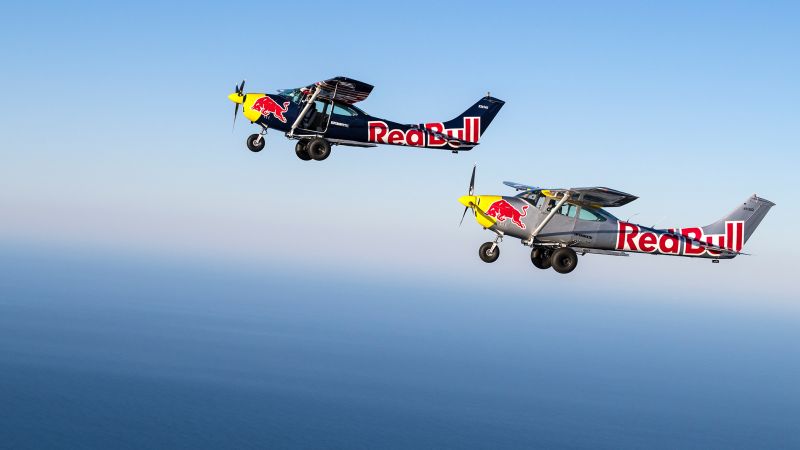Originally posted by 3WE
View Post
There may have been contributing factors, such as inadequate RedBull levels or a Home Depot speed brake failure.
Originally posted by NY Times
In a reply, dated April 22 and signed by Robert C. Carty, the deputy executive director for flight standards service at the F.A.A., the agency said that granting an exemption “would not be in the public interest”...
Robert C. (Rico) Carty is, in fact, a former US Air A320 captain.

Leave a comment: